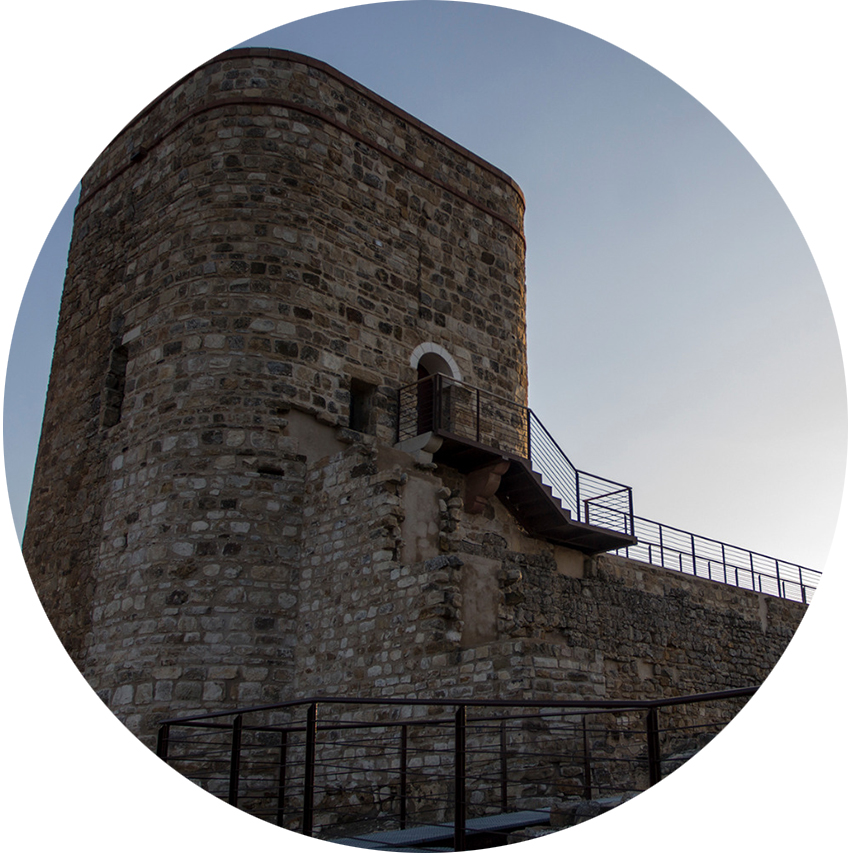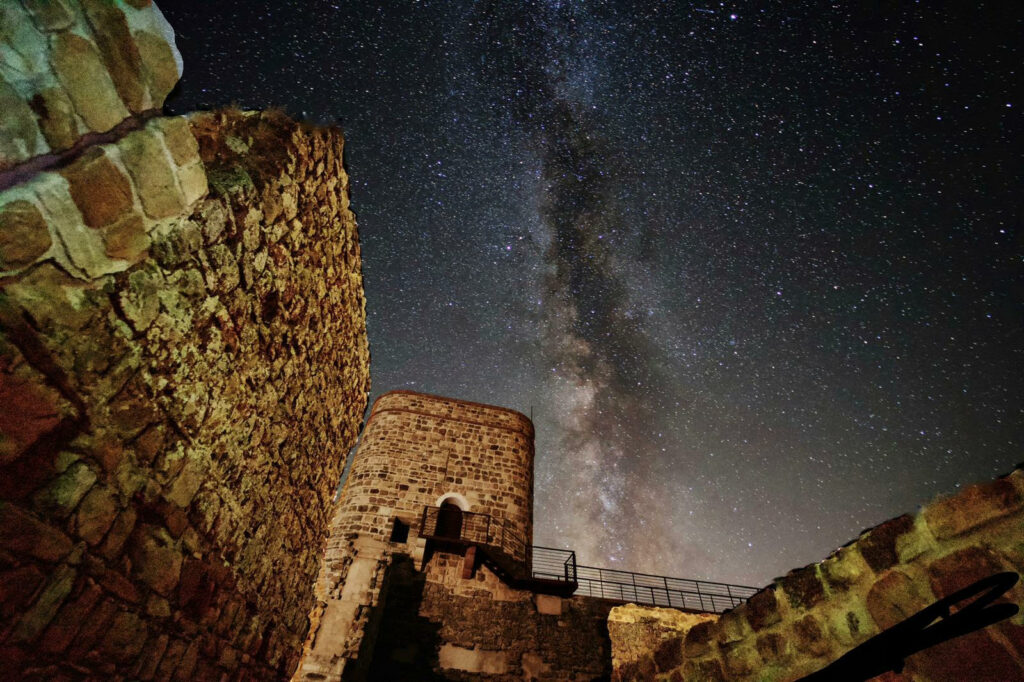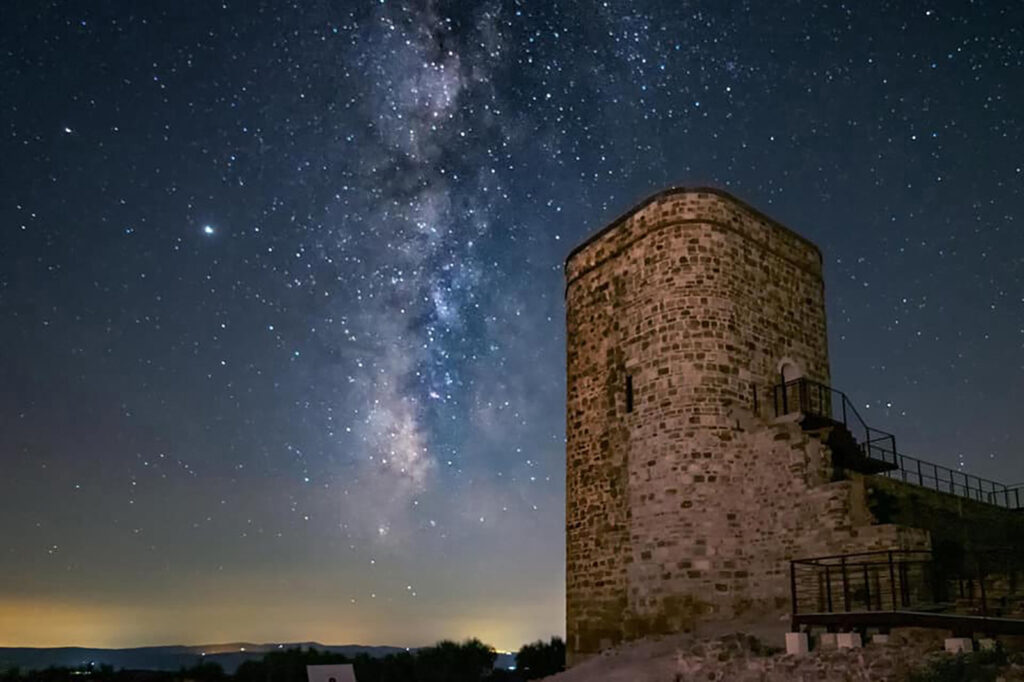
Castro the Elder Castle
In the highest area of the Torreparedones archaeological park is this medieval castle whose origins date back to the mid-13th century, maintaining an Arab and Christian population until the year 1386. The latest historical data indicate that in the mid-15th century Luis Portocarrero, Lord de Palma, took it in the name of Henry IV of Castile , formally passing it into the hands of the latter in 1469.
With a quadrangular floor plan , it presents masonry walls, made with carved stones arranged in rows, mainly in blight. The corners are reinforced with square towers, generally solid at their base and with vaulted chambers at the top, with the one in the southeast corner being the largest and the one that is best preserved. Built in the same factory as the rest of the castle, it has openings on three of its faces and consists of two bodies, although in this case the lower one is not solid, but is made up of two rooms with remains of a lowered vault formed by mortar as cover.
Inside the enclosure, there is a cistern made of opus caementicium, used from previous buildings, while on the outside there is a reinforcement with a wall line made of masonry with more or less regular stones joined with mortar. This space presents the structures of different buildings, among which the one dedicated to the flour mill
with its corresponding bread oven stands out. legends Traditionally, this ancient fortress was the subject of legends that ensured the existence of fabulous riches hidden within its walls, which led to the fact that they were perforated over time, causing the collapse of some of its towers, as can be seen in the one corresponding to the opposite angle. to the tower of Homage.

Milky Way from the castle of Castro el Viejo.

Night image of the castle of Castro el Viejo .
The border with the kingdom of Granada
The first border with the Nasrid kingdom of Granada was delimited by the Pact of Jaén that was signed in 1246 between King Alhamar Alhamar of Granada and Fernando III the Saint of Castile, after the extensive conquests that the Christian monarch carried out in the valley of the Guadalquivir and the countryside of Seville and Córdoba. It will be at this time when the castle of Castro el Viejo is built as a strategic defense between the towns of Bujalance, Cañete de las Torres, Castro del Río and Baena. However, the border would be modified during the reigns of Sancho IV, , Fernando IV and Alfonso XI., being the death of the latter, in 1350, when a new geographical setting leaves the line of fortifications of the Campiña in the strategic background and a new border line is established that, in general terms, will have to be maintained until the beginning War of Granada in the late fifteenth century.
During its existence, the border had great territorial, political, economic, religious and cultural importance. Beyond its dividing role between one kingdom and others, for more than two centuries it marked the European border between Christianity and Islam . It was, therefore, a place of exchange that made possible licit and illicit economic activities, such as trade with oriental products or military raids, aimed at the mere pursuit of loot and the captivity of hostages with which to maintain the slave business or Simply, to negotiate the redemption of captives where religious orders such as the Mercedarians played an essential role.
The castle of Castro the Older
The castle of Castro el Viejo or Torres de las Vírgenes, as this enclave in Baena has traditionally been known, protected the medieval population of the same name and was part of the border defense with the Nasrid kingdom of Granada from the mid-13th century until half of the next century.